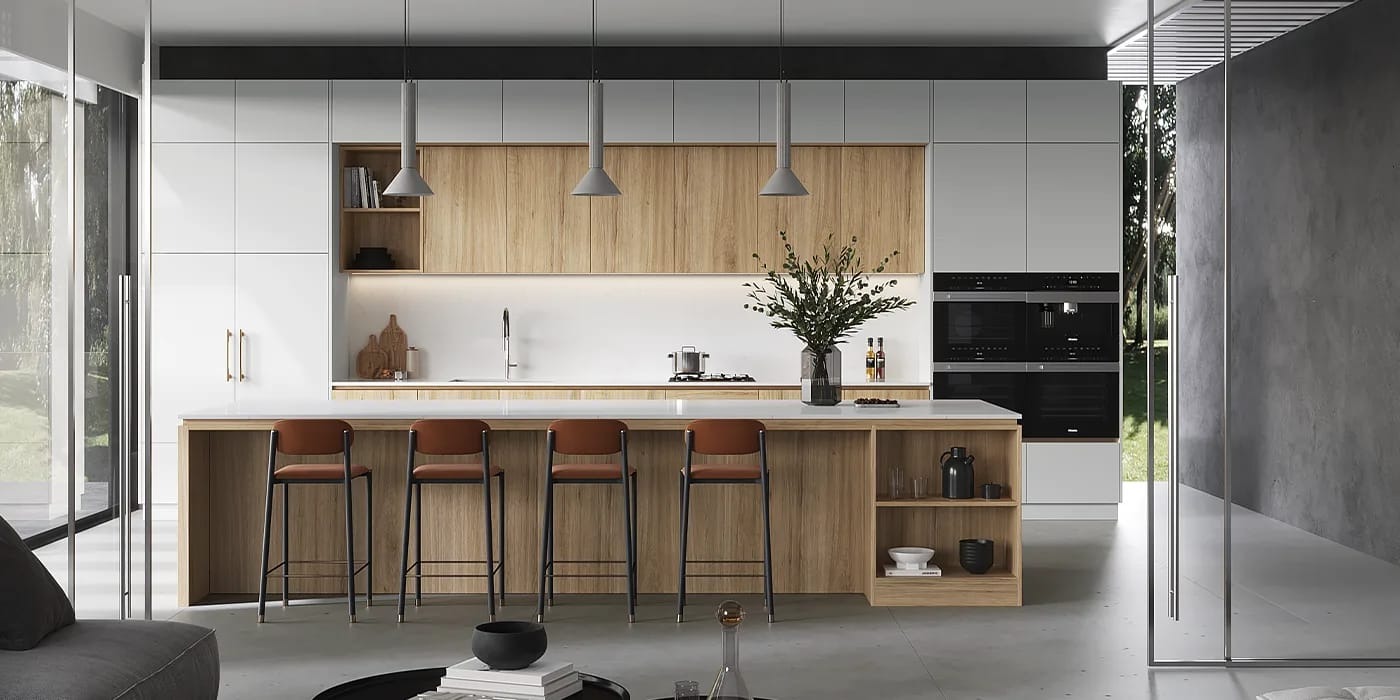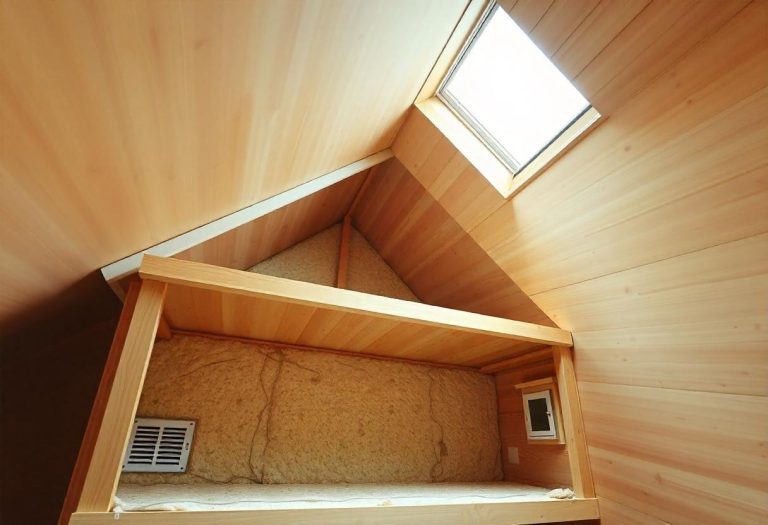Hidden Costs Killing Your Cabinet Business Profit Margins
Cabinet businesses often operate on the assumption that their profit margins are primarily determined by material costs, direct labor, and visible overhead expenses. Yet many companies find themselves facing declining profitability despite careful management of these obvious cost centers. The culprits are frequently hidden costs subtle, often unmeasured expenses that incrementally erode margins until profitability becomes seriously compromised. Understanding and addressing these concealed drains on resources can transform struggling operations into thriving businesses.
The Estimation Gap: Where Profit Leakage Begins
Profit erosion typically starts at the estimation stage, where seemingly minor miscalculations compound into significant shortfalls:
Material Waste Underestimation
Standard estimating practices often apply uniform waste factors (typically 10-15%) across all materials, regardless of their specific characteristics:
- Sheet goods yield different usable percentages than solid woods
- Complex designs generate substantially more waste than simple ones
- Grain matching requirements can dramatically reduce usable material
- Specialty finishes may require additional material buffers
In my experience consulting with cabinet manufacturers, businesses that implement component-specific waste tracking typically discover their actual waste exceeds estimated waste by 8-12%. One mid-sized operation I worked with found that while their estimating system applied a standard 12% waste factor, their actual waste averaged 19.3% representing a direct 7.3% reduction in projected margin on every job.
Labor Calculation Shortfalls
Labor estimates frequently fail to capture:
- Setup time for machinery changeovers between operations
- Handling time for materials movement
- Quality control inspections
- Rework cycles
- Interruptions from custom elements or design changes
Have you examined whether your time standards accurately reflect current production realities? Many cabinet businesses operate on time standards established years ago that no longer reflect current designs, materials, or customer expectations.
Inventory Management: The Silent Profit Killer
Inventory represents one of the largest hidden cost centers in most cabinet operations:
Carrying Cost Reality
The true cost of inventory extends far beyond purchase price:
- Capital costs (typically 6-8% annually)
- Storage space expenses (4-5%)
- Handling and management (3-5%)
- Obsolescence and deterioration (4-6%)
- Insurance and taxes (2-3%)
These combined carrying costs mean that inventory held for one year effectively costs 20-25% beyond its purchase price, a factor rarely considered in pricing models.
The Just-in-Case Inventory Trap
Fear of stockouts drives many cabinet businesses to maintain excessive inventory levels:
- Multiple sheet goods thicknesses “just in case”
- Specialty plywood rarely used but kept on hand
- Hardware options maintained for occasional requests
- Finish materials for discontinued but potentially repairable products
Case studies show that cabinet shops with formal inventory optimization systems typically reduce inventory levels by 25-35% without impacting production capabilities, directly improving cash flow and reducing carrying costs.
The Kitchen Catalogue Cost
Creating and maintaining a kitchen catalogue represents a substantial investment many businesses underestimate:
- Professional photography expenses
- Design and production costs
- Printing expenses for physical catalogues
- Digital asset management for online versions
- Regular updates to reflect current offerings
These marketing tools deliver essential value but require careful ROI analysis. One cabinet business I advised was spending $45,000 annually updating their kitchen catalogue while generating less than $30,000 in directly attributable sales a negative return masked by their general marketing budget.
Production Inefficiency: Death By A Thousand Cuts
Production inefficiencies create compounding costs throughout operations:
Shop Layout Suboptimization
Poor facility layout creates continuous hidden costs:
- Excessive material movement between workstations
- Wasted motion by skilled personnel
- Inefficient tool access
- Inadequate staging areas creating bottlenecks
European kitchen cabinets manufacturers have pioneered optimized production layouts that minimize movement while maximizing throughput. Their workflow designs typically reduce total production space requirements by 15-20% while increasing output a lesson many North American operations could profitably adopt.
Batch Size Miscalculations
Inappropriate batch sizes generate hidden costs through:
- Excessive setup time for unnecessarily small batches
- Work-in-progress inventory costs for overlarge batches
- Schedule inflexibility reducing responsiveness
- Quality control complications from extended production runs
The most profitable cabinet operations right-size production batches based on setup time analysis rather than simply maximizing batch size or following order sequence.
The Installation Cost Spiral
Installation represents a major profit vulnerability, with several hidden cost factors:
Incomplete Site Preparation Assessment
Inadequate pre-installation evaluation creates cascading expenses:
- Unexpected demolition requirements
- Structural issues discovered during installation
- Utility relocations not identified during planning
- Floor or wall irregularities requiring on-site adjustments
One installation team I worked with implemented a comprehensive pre-installation checklist that reduced their emergency callbacks by 64% and their on-site modification time by 38% transforming their department from a profit drain to a margin contributor.
The Multi-Visit Cost Multiplier
Each additional site visit dramatically impacts profitability:
- Travel time and transportation costs
- Setup and cleanup for each visit
- Scheduling complications affecting other installations
- Customer satisfaction impacts from extended timelines
Does your job costing system accurately capture the profit impact of additional site visits? Many cabinet businesses track only material costs for corrections while ignoring the substantial labor and opportunity costs associated with return trips.
Technology Implementation Failures
Technology investments often fail to deliver expected returns:
Partial System Utilization
Many cabinet businesses utilize only a fraction of their software capabilities:
- Design software limited to basic layouts rather than full specification
- CRM systems used primarily for contact management rather than sales process
- Production management software employed mainly for scheduling rather than efficiency optimization
- Accounting systems separated from job costing and profitability analysis
Case studies consistently show that cabinet businesses typically utilize less than 40% of their software capabilities while paying 100% of the costs a hidden inefficiency rarely addressed in technology planning.
Integration Gaps Between Systems
Disconnected systems create substantial hidden costs:
- Duplicate data entry requirements
- Information delays between departments
- Decision-making based on outdated information
- Reconciliation efforts between conflicting data sources
The most profitable cabinet operations maintain seamless information flow from initial customer contact through design, production, installation, and follow-up eliminating the hidden costs of information fragmentation.
Administrative Overhead Allocation Failures
Many cabinet businesses fail to properly allocate administrative costs:
- Owner’s time spent on production issues rather than business development
- Sales personnel handling administrative tasks instead of selling
- Production workers managing inventory instead of building cabinets
- Skilled labor diverted to customer service issues
In my experience, businesses that implement formal time tracking for key personnel typically discover 15-25% of skilled time is consumed by tasks that could be performed by lower-cost resources a hidden cost rarely captured in standard accounting.
The Path to Margin Recovery
Addressing these hidden costs requires systematic analysis:
- Implementing comprehensive job costing that captures true costs across all categories
- Developing standardized processes with built-in efficiency measurements
- Creating meaningful metrics that highlight problem patterns
- Building feedback loops between estimation and actual results
- Conducting regular workflow optimization assessments
Cabinet businesses that consistently achieve their target margins share a common characteristic: they approach hidden costs as systems problems rather than isolated incidents, creating processes that identify and address the root causes undermining profitability before they become critical issues.
By methodically addressing these often-overlooked cost centers, cabinet businesses can recover significant margin without changing their market positioning or raising prices simply by ensuring that projected profitability translates into actual results.







